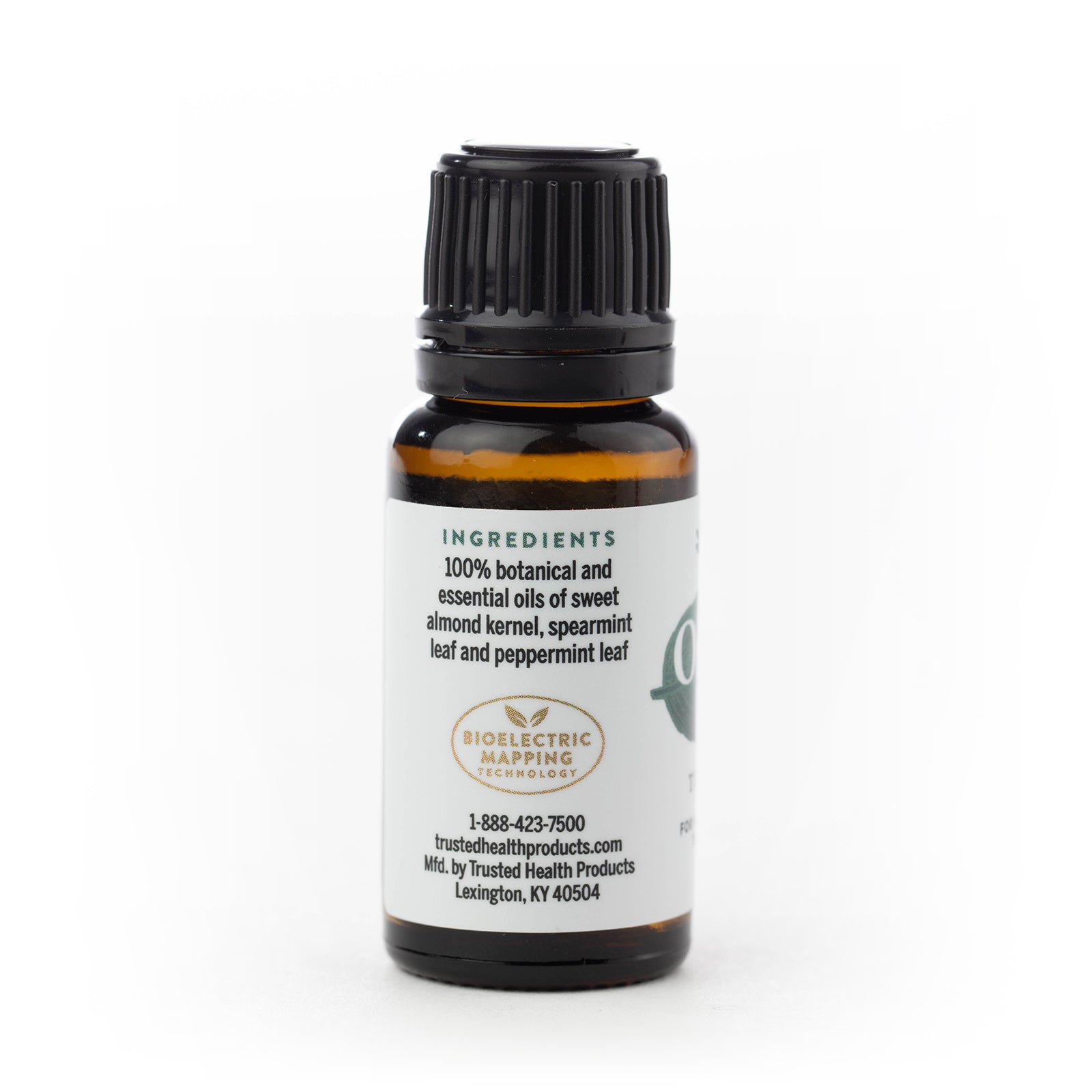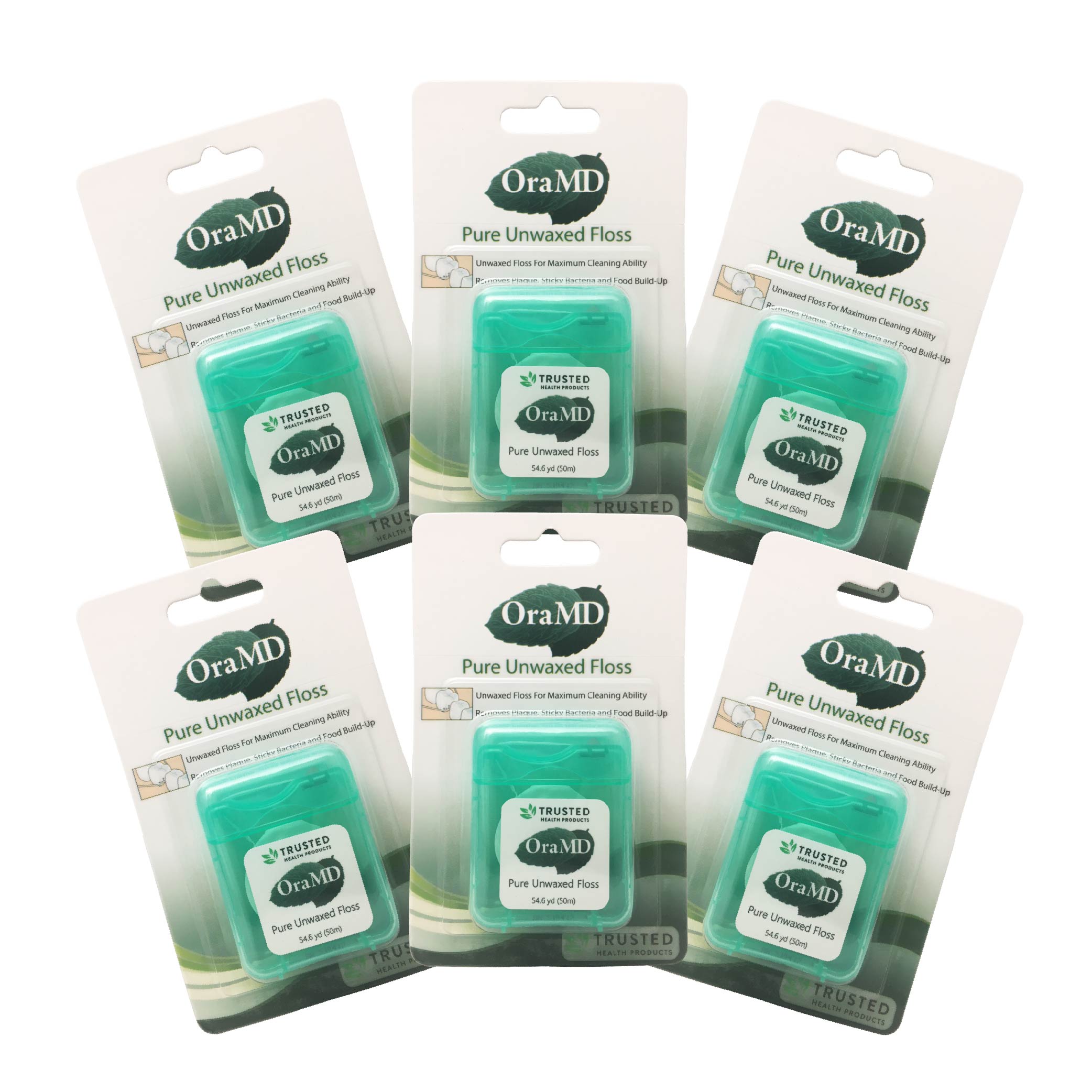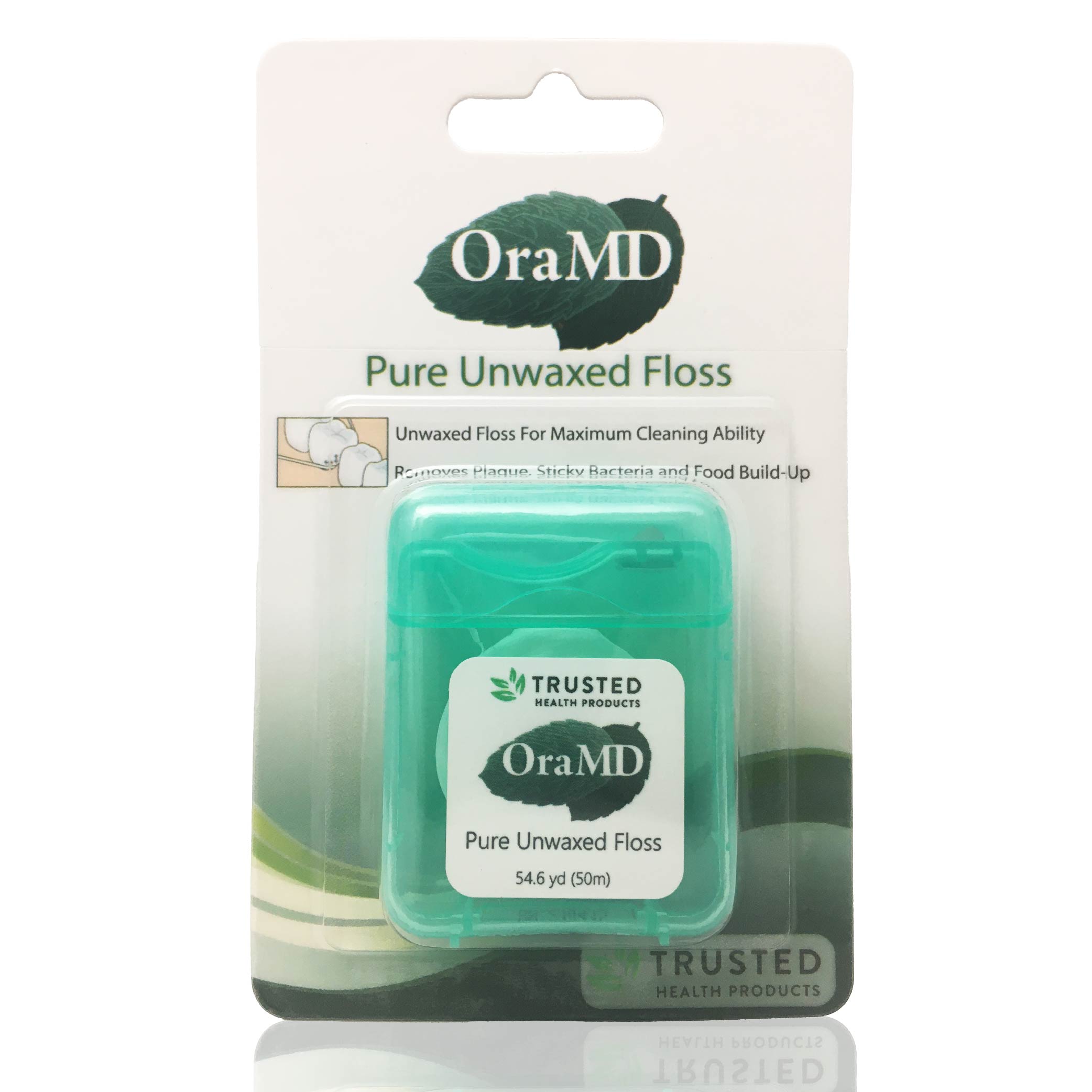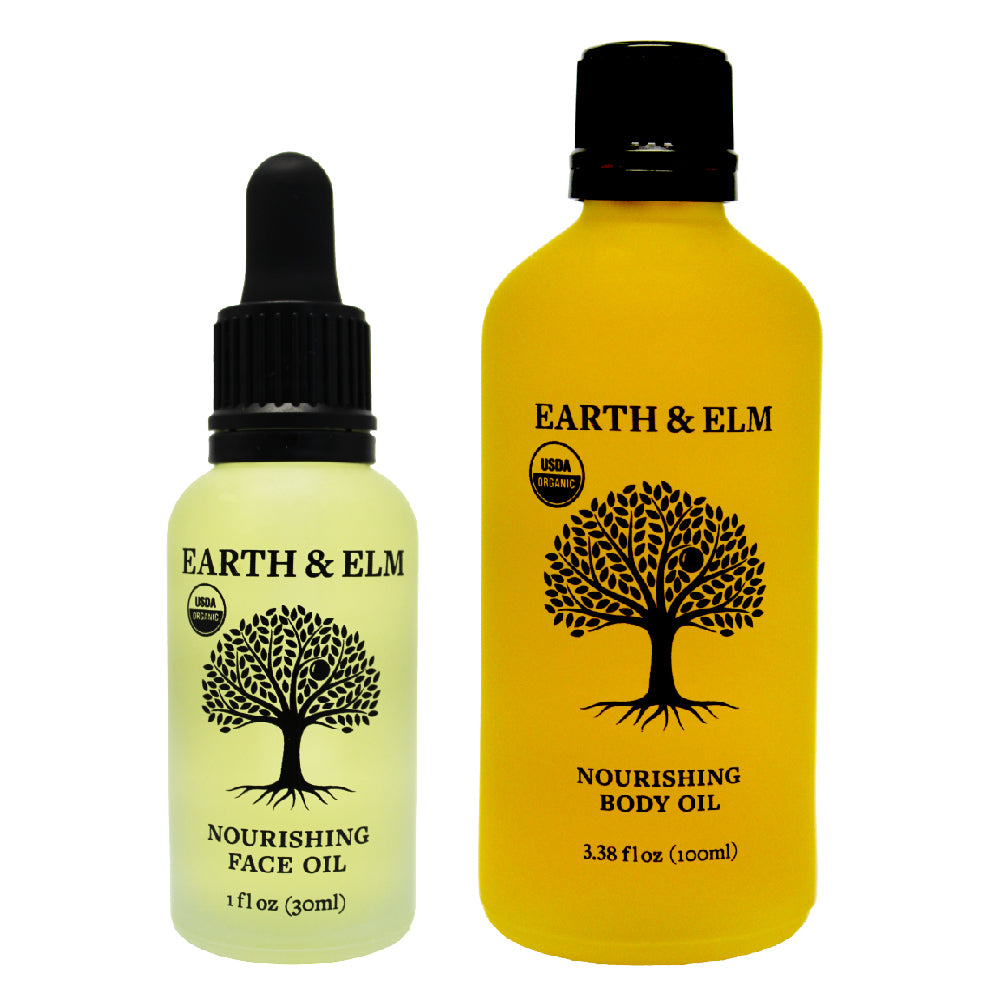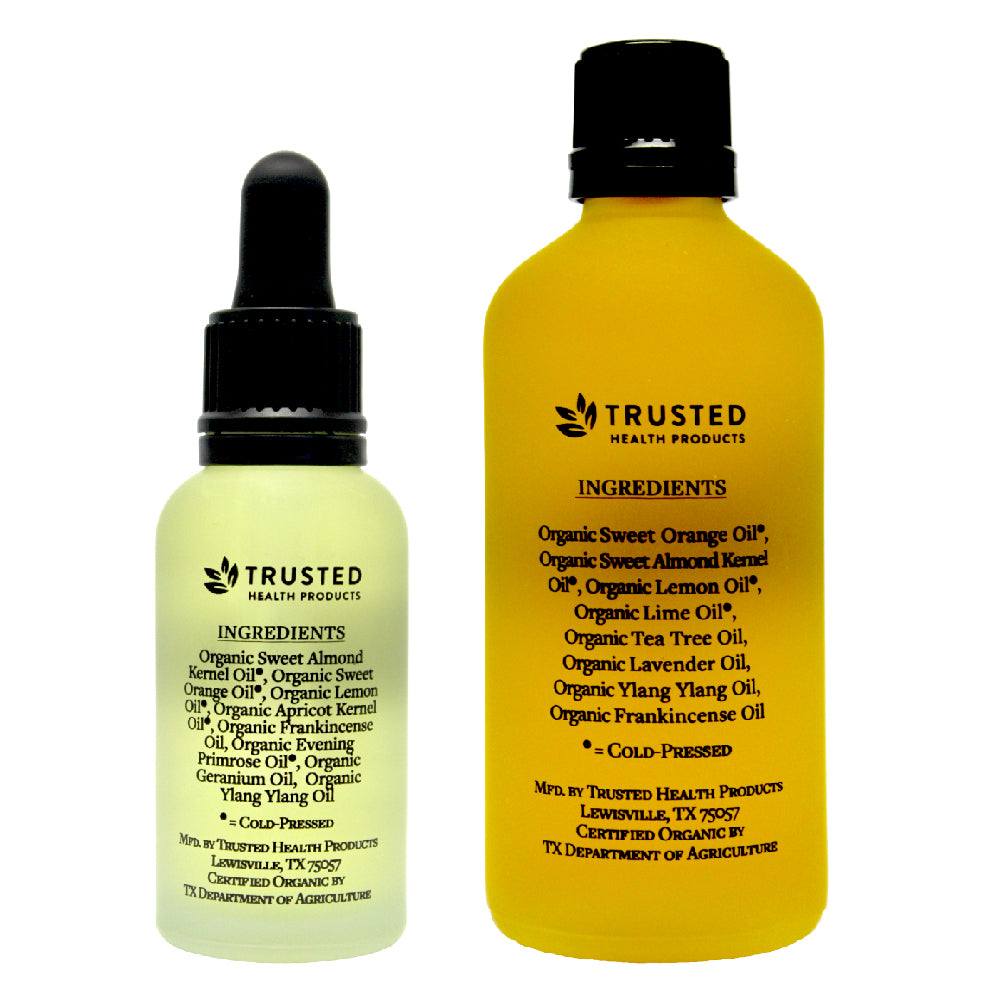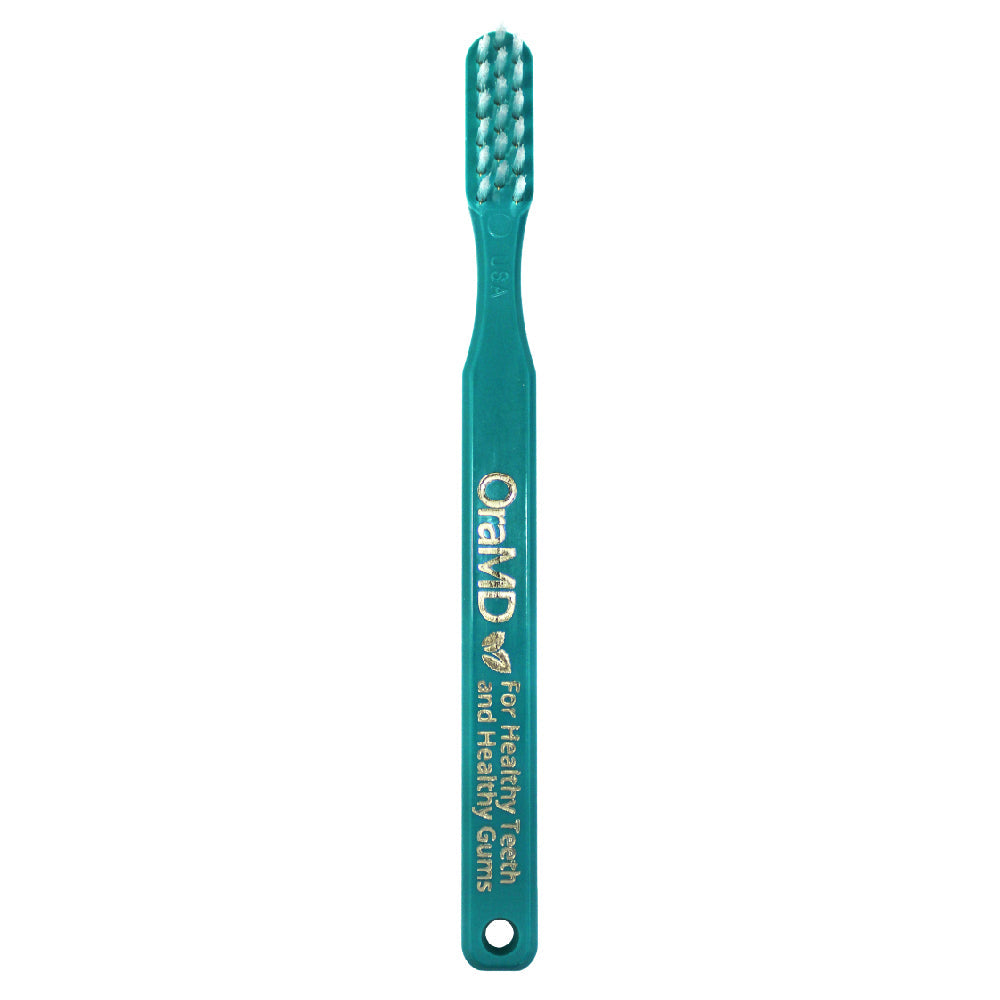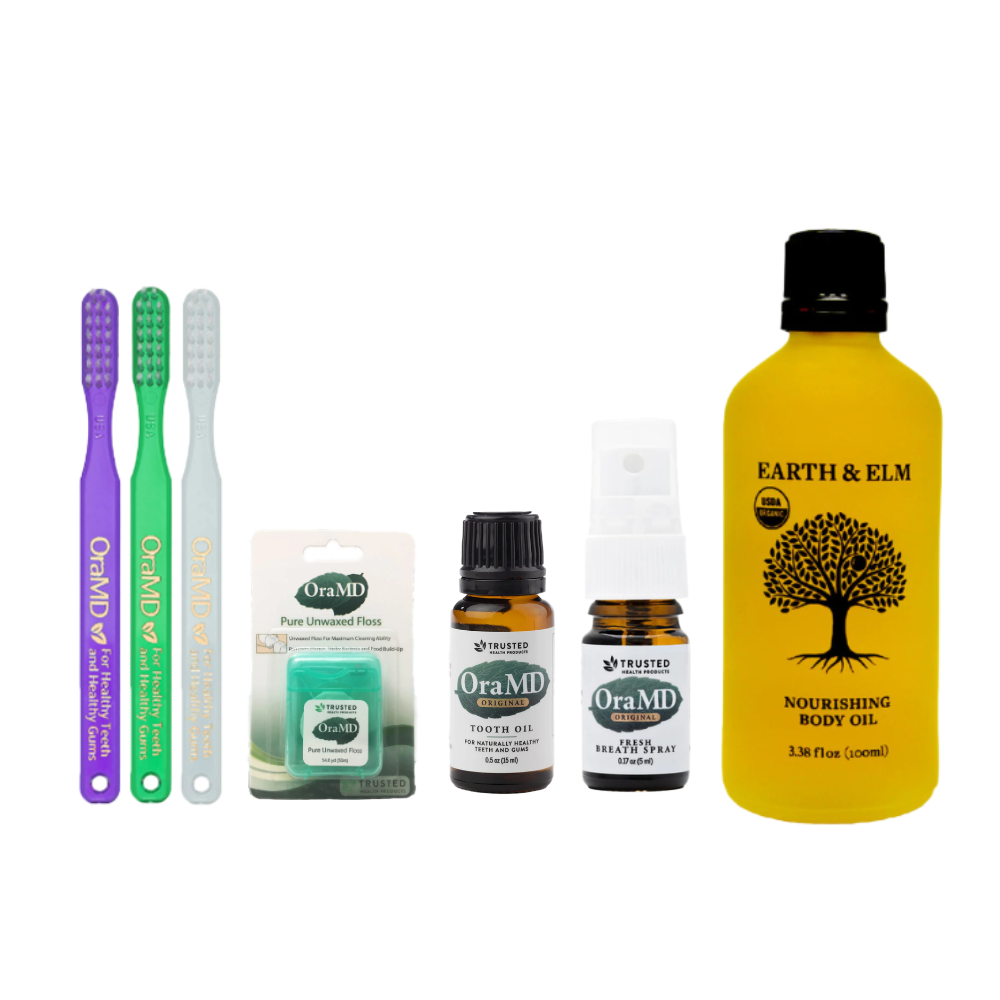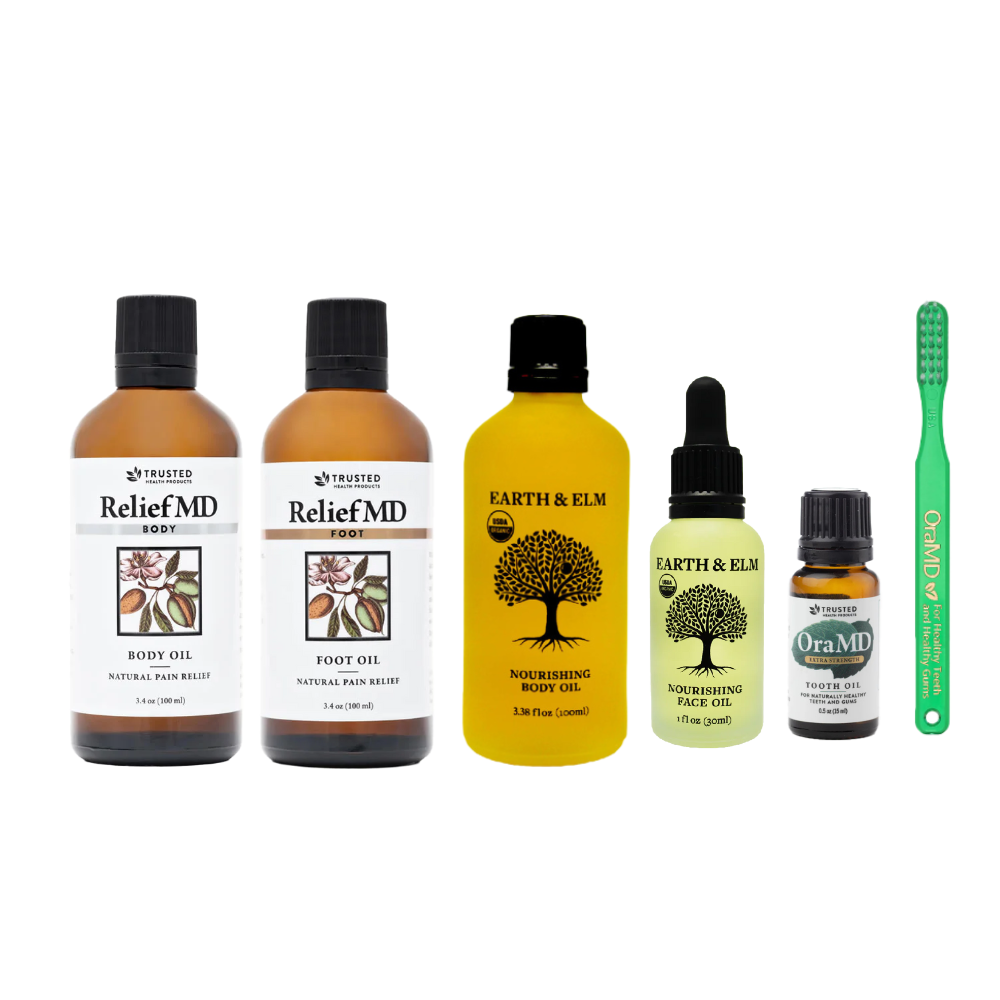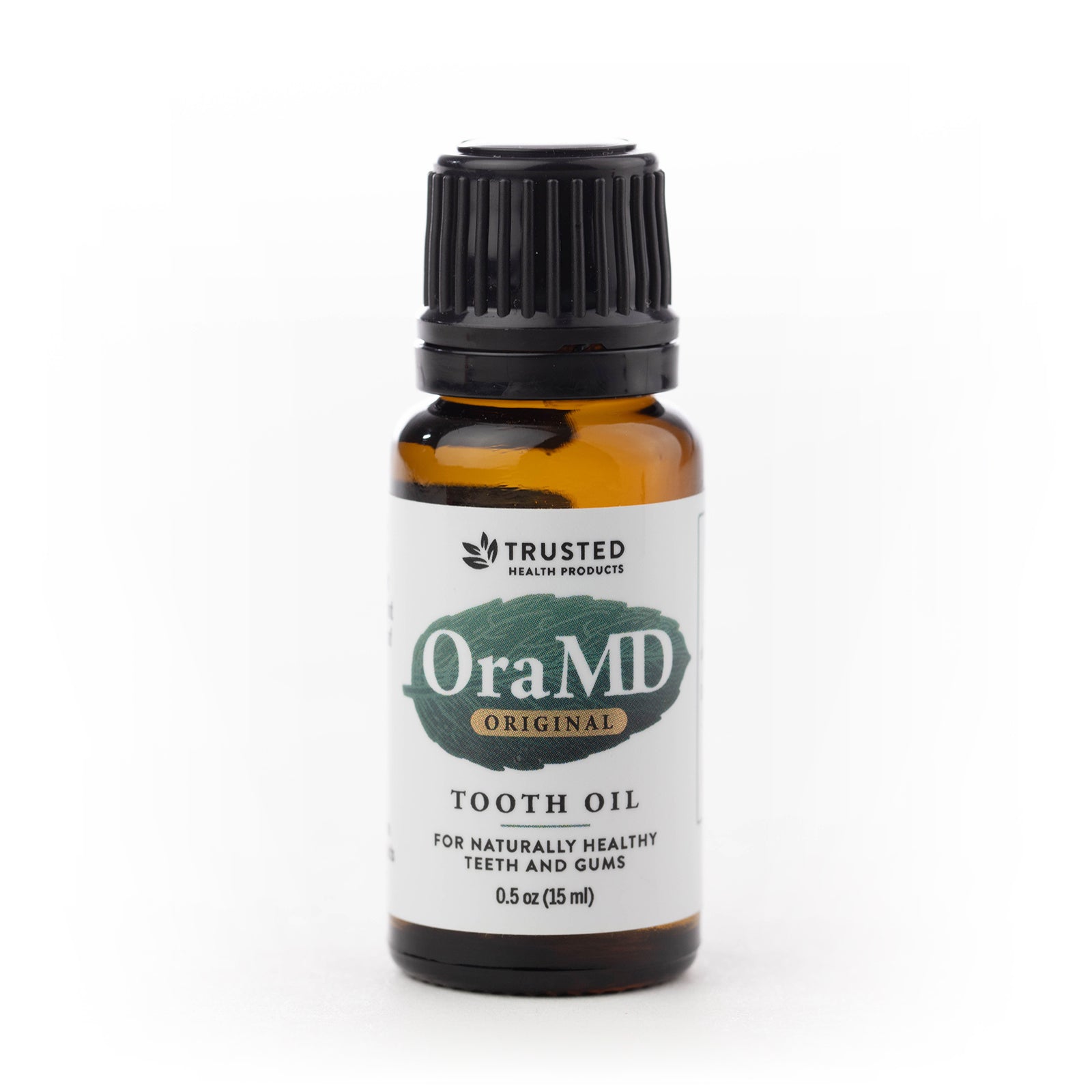Sweet Potato Leaves: A Great Source Of Vitamins
October 21, 2018
Author: Admin Editor
Tags:
The sweet potato is a simple starch rich in complex carbohydrates, dietary fiber and beta-carotene while having moderate contents of other micronutrients, including vitamin B5, vitamin B6, manganese and potassium, and is a good source of ascorbic acid (vitamin C). But how many people stop to consider the nutrients in this vegetables typically discarded leaves?
Besides the commonly consumed root of the plant, certain tissues in sweet potato are also edible and high in nutritional value. Studies have confirmed that water-soluble vitamins exist in sweet potato roots and leaves, but there has been limited information about how these vitamins are actually distributed in the plants. In a recent research study published in HortScience - Wilmer Barrera and David Picha from Louisiana State University Agricultural Center show that mature and young leaves of sweet potato can also provide significant amounts of vitamin B6 and other essential vitamins.
Sweet Potato Study Results
The scientists analyzed a variety of sweet potato tissue types - mature leaves, young leaves, young petioles, buds, vine sections, and root tissue. These studies were conducted from a sweet potato plot at Louisiana State University in two separate experiments - late October and the following September. They conducted a third experiment to study water-soluble vitamin content among different sweet potato root tissues.
Analyses revealed differences in total ascorbic acid (AA) content among tissue types. Young leaves contained the highest AA content, followed by mature leaves and buds. Buds also contained significantly higher AA content than sweet potato roots, vines, and petiole tissues.
Riboflavin content differed with sweet potato tissue type, but was consistently higher in the leaves; mature leaves contained higher amounts of riboflavin than young leaves and other plant tissues, including roots.
Leaf tissue also contained higher total vitamin B6 content compared with other tissues.
Mature leaves contained 3.4 times higher vitamin B6 than roots, whereas mature petioles contained 2.3 times more than roots.
Bud tissue and young leaves also contained higher B6 levels than roots, whereas the vine and young petiole tissue contents were lower than roots.
The scientists concluded that ascorbic acid, riboflavin, and vitamin B6 contents were higher in leaf tissue than in other tissue types. They also noted that the vitamin B6 content in sweet potato leaves compares well with fruits and vegetables such as broccoli, avocados, carrots, bananas, and cauliflower.
"Our results indicate that mature and young leaves of sweet potato could provide significant amounts of vitamin B6 to the human diet," Picha said. "The objective of the study was to determine the ascorbic acid, thiamin, riboflavin, and vitamin B6 content in a wide range of edible tissues of 'Beauregard' and 'LA 07-146' sweet potatoes, two important commercial cultivars in Louisiana. These results confirm previous studies that sweet potato foliar tissues are a good source of ascorbic acid, and that young leaves have the highest foliar AA content. The experiments showed no presence of thiamin in foliar tissues, which differs from previous studies. The lack of thiamin in our results might be explained by cultivar differences."
A Quick Sweet Potato Leaves Recipe
For a quick side dish, go out and gather a colander full of sweet potato greens - no tough stems just the tips of the vines, according to botanical-journeys-plant-guides.com. Rinse the leaves and chop them up a bit. Saute them in a large skillet in hot olive oil. Sprinkle in some salt and pepper as you stir them around. Add a little bit of garlic powder if you like. When the greens wilt they are ready to eat.
Another way to use sweet potato greens in the kitchen is to chop or chiffonade them like you would basil leaves. The chiffonade techqniue is to cut the leaves into long, thin strips by stacking the leaves, rolling them tightly, then slicing them perpendicular to the roll.
Add the thinly sliced leaves to soups and stew recipes that call for fresh greens. This is a good way to add sweet potato nutrition to a dish. Add the greens toward the end of the cooking time in order to avoid overcooking them.
In some Asian countries sweet potato leaf is also steeped in hot water and drunk as an herbal tea.
Subscribe to our Trusted Health Club newsletter for more information about natural living tips, natural health, oral health and skincare. If you are looking for more health resources make sure to check out the Trusted Health Resources list.
Reviewed By:
Founder Ray Spotts has a passion for all things natural and has made a life study of nature as it relates to health and well-being. Ray became a forerunner bringing products to market that are extraordinarily effective and free from potentially harmful chemicals and additives. For this reason Ray formed Trusted Health Products, a company you can trust for clean, effective, and healthy products. Ray is an organic gardener, likes fishing, hiking, and teaching and mentoring people to start new businesses. You can get his book for free, “How To Succeed In Business Based On God’s Word,” at www.rayspotts.com.









